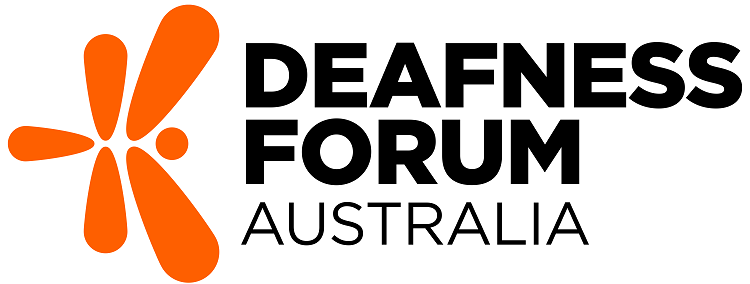Many people assume that there is only one sign language, and express disbelief when told otherwise. Why?
Wouldn’t it be more sensible if there was just one signed language? Then Deaf people could communicate with each other? (note that ‘Deaf’ with a capital ‘D’ is used to refer to a person with lived experience who identifies as being culturally deaf and a member of the Deaf community.)
Undoubtedly, this is true, but could the same not be said for spoken languages?
So why is there such a rich diversity in sign languages? The answer is, for the same reason that there is in spoken languages.
Sign languages emerge from a community of people with a need to communicate with each other. As different sign languages were born, there was very little contact between the communities who used each language. How and why would Deaf people in Australia and in Ghana be in contact for a common sign language to evolve?
For this reason, sign languages, just like spoken languages, are parts of different families which describes the relative distance between languages. And the families are not what you would expect.
People are often surprised that Auslan and American Sign Language (ASL) have very little in common, not even having the same alphabet. This is because while Auslan belongs to the BANZSL family (British, Australian and New Zealand Sign Language), ASL belongs to the Francosign family which originates from Old French Sign Language.
There is also an international sign language, used by Deaf people to facilitate cross-linguistic communication in settings such as in international conferences and meetings.
However, it is not a natural or complete signed language, like Auslan. It is considered a pidgin form of sign language as it has been created, lacks the complexity of natural sign languages, and has a limited lexicon.
It is especially important to recognise the importance of Indigenous sign languages.
In Australia, there are multiple Indigenous sign languages that have been preserved, revitalised, and/or created. These include Takataka (Gurindji Sign Language) and Yolŋu (Yolngu) Sign Language. More information on Indigenous Sign Languages can be found here.
Adjunct Associate Research Professor Kate Crowe (pictured), writing for From Charles Sturt University News.

